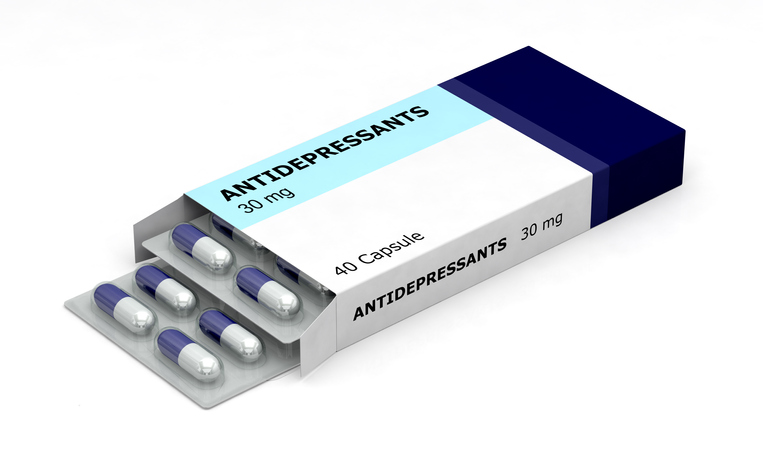Treatments
How Are Common Side Effects and Rare Side Effects Defined?

Medication side effects are unintended effects of a drug. They are often negative, such as nausea, dizziness or drowsiness. Negative side effects are also known as adverse reactions.
Some side effects are common, whereas others are rare. Individuals should know whether the potential side effects of a medication are common or rare, as this information can help them determine (together with their physicians) if the benefits of a medication outweigh the potential side effects. Individuals should also be aware of the most common side effects that occur when starting a new medication or increasing the dosage of a medication.
The Council for International Organizations of Medical Sciences uses four categories to categorize side effect frequency or probability:
- Very common: ≥ 10%
- Common: ≥ 1% and < 10%
- Uncommon: ≥ 0.1% and < 1%
- Rare: < 0.1%
The European Commission uses similar categories but also includes the category “very rare” side effects:
- Very Common: ≥ 10%
- Common: ≥ 1% and < 10%
- Uncommon: ≥ 0.1% and < 1%
- Rare: ≥ 0.01% and < 0.1%
- Very rare: < 0.01%
Side effects may also be categorized as “frequency not known” if frequency information is not available or cannot be estimated.
Side effect frequencies are typically determined during clinical trials from information reported from trial participants. The U.S. Food and Drug Administration requires inclusion of side effect information on all prescription drug labeling and encourages manufacturers to update this information as further trials are conducted or reports of side effects are received.



















